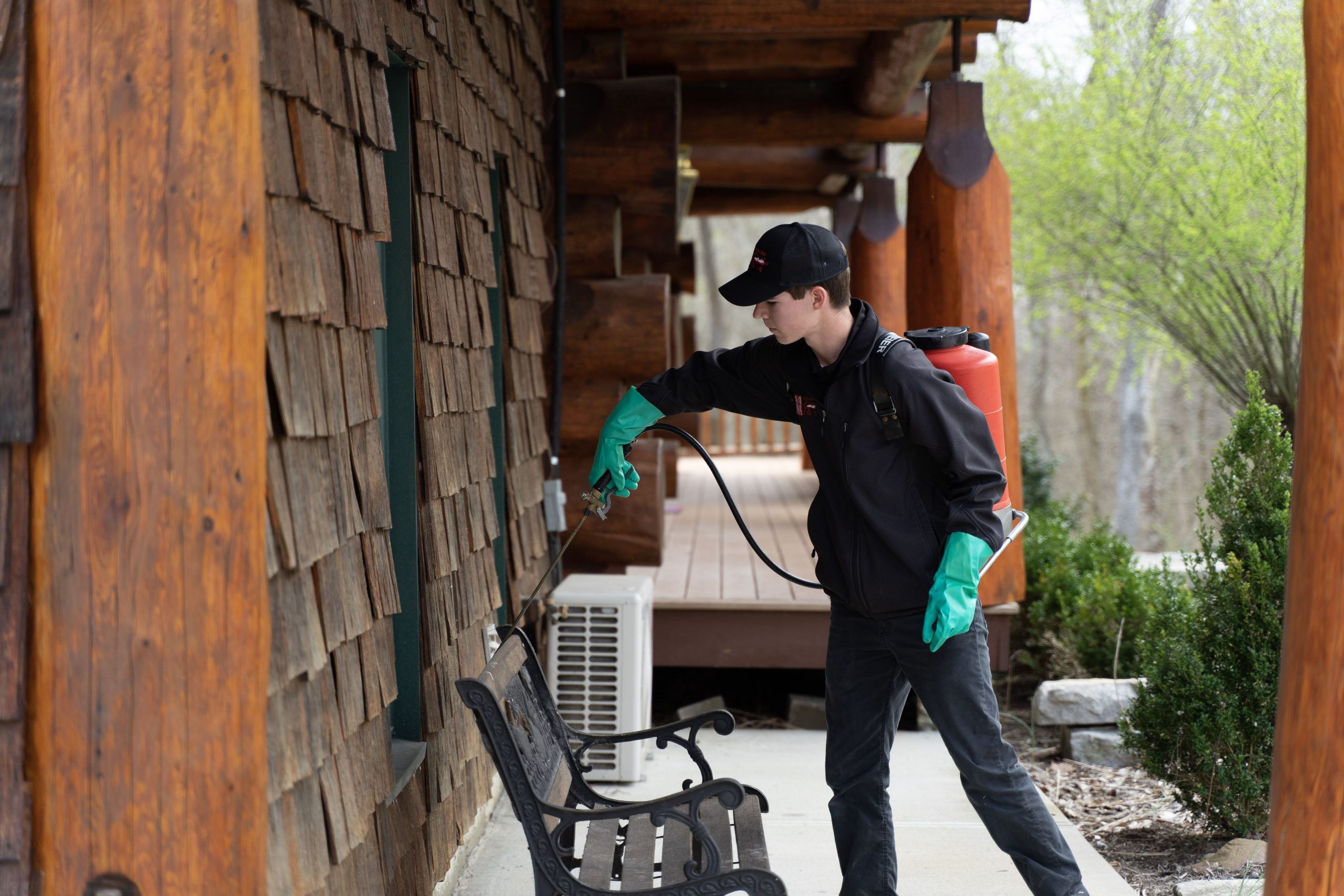
Sealing entry points in your home is crucial for keeping pests out and maintaining a comfortable living environment. If you do not properly seal entry points within your household or business, you will likely have a wide variety of pests within your property. This article gives you an understanding of why it is important to seal entry points, as well as the most effective way to do it.
Identify Entry Points
Start by thoroughly inspecting your home for potential entry points where pests could gain access. Check around doors, windows, pipes, vents, and any other openings. Look for gaps, cracks, or holes that pests could use to enter your home.
Gather Necessary Materials
Before you begin sealing, gather all the necessary materials. You’ll need caulk, weatherstripping, foam insulation, door sweeps, mesh screens, and a caulking gun. Ensure you have everything you need to complete the job efficiently. If you do not have this equipment, it is a good idea to reach out to a professional pest control company to do it for you.
Seal Exterior Entry Points
Focus on sealing exterior entry points first, as these are often the primary ways pests enter homes. Use high-quality caulk to fill in any gaps or cracks around doors, windows, and siding. Install weatherstripping around doors and windows to create a tight seal, preventing pests from squeezing through gaps.
Attach door sweeps to the bottom of exterior doors to block entry points along the ground. Repair or replace damaged screens on windows and vents to prevent pests from flying or crawling inside. Pay close attention to areas where utility pipes or wires enter your home, as these can also serve as entry points for pests.
Seal Interior Entry Points
Once the exterior is secure, move indoors to seal interior entry points. Use caulk to fill in any gaps or cracks around pipes, vents, electrical outlets, and baseboards. Inspect areas where plumbing, wiring, or ductwork passes through walls, floors, or ceilings, and seal any openings with foam insulation or caulking.
Check for Hidden Entry Points
Don’t overlook hidden entry points that pests may use to access your home. Inspect areas such as attics, crawl spaces, and basements for cracks, holes, or gaps in the structure. Seal any openings you find with appropriate materials, such as foam insulation, wire mesh, or caulking.
Check for gaps around doors and windows that may not be immediately visible, such as those hidden behind furniture or appliances. Use a flashlight to inspect dark corners and crevices where pests may hide or enter your home unnoticed.
Regular Maintenance
Regular maintenance is key to keeping your home pest-free in the long term. Make it a habit to inspect your home for new entry points on a regular basis, especially after severe weather or changes in season. Repair any damage to doors, windows, or screens promptly to prevent pests from finding new ways inside. By keeping your home clean and clutter-free, you reduce hiding spots for pests and make it easier to spot signs of infestation.
By following these steps and staying proactive about pest prevention, you can effectively seal entry points and keep your home pest-free for years to come. This will keep your property safe from uninvited guests, as well as keep you safe. If you are having issues with pests, it is essential that you look into a pest control company that is there for your needs, such as A-1 Able Pest Doctors. With over 85 years of experience, you can trust that we will get the job done right, so call today!
continue reading
Related Posts
Pest control is an ongoing commitment essential for maintaining a […]
Spring brings about a resurgence of life, but along with […]
As spring approaches, so does the resurgence of pest activity. […]



